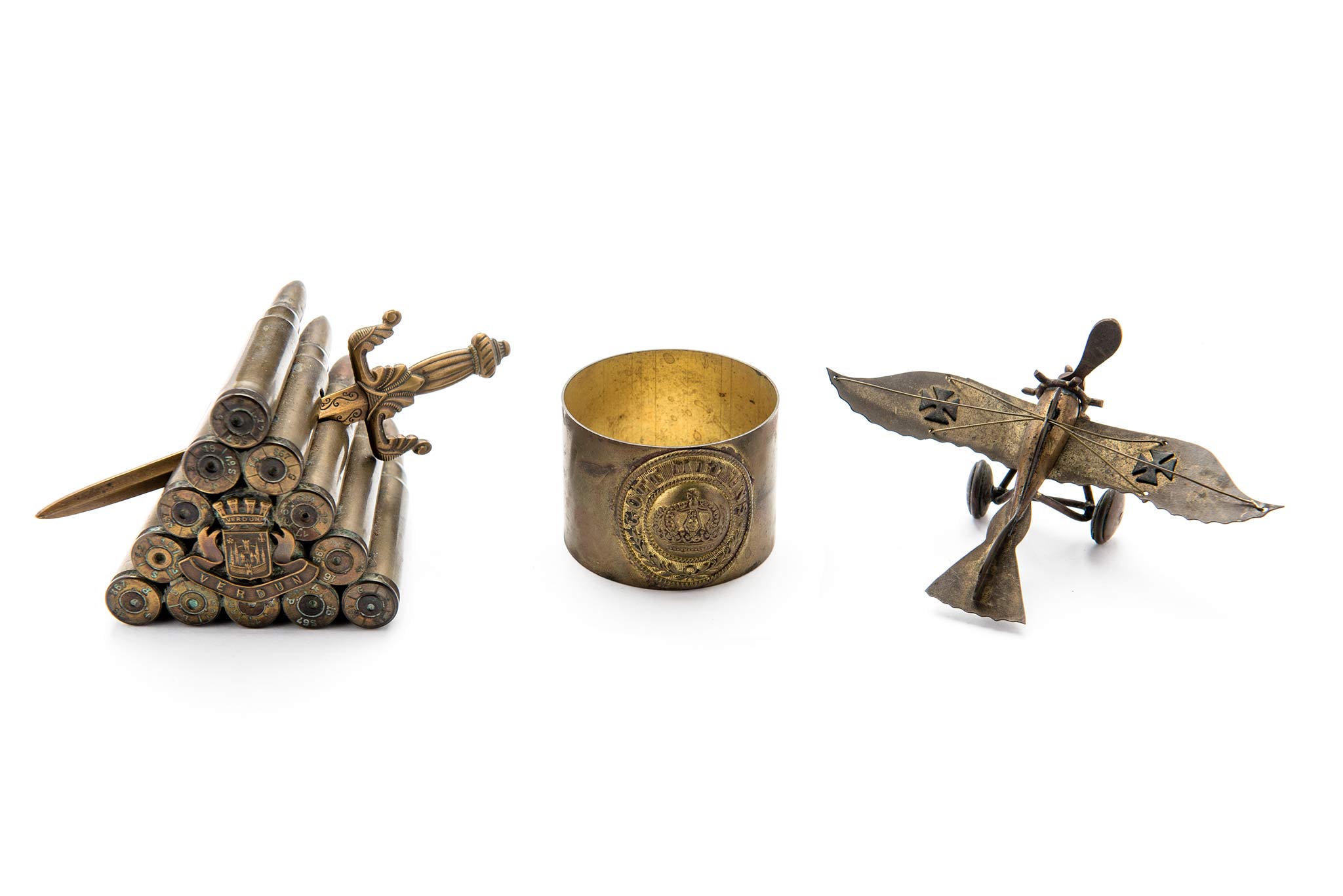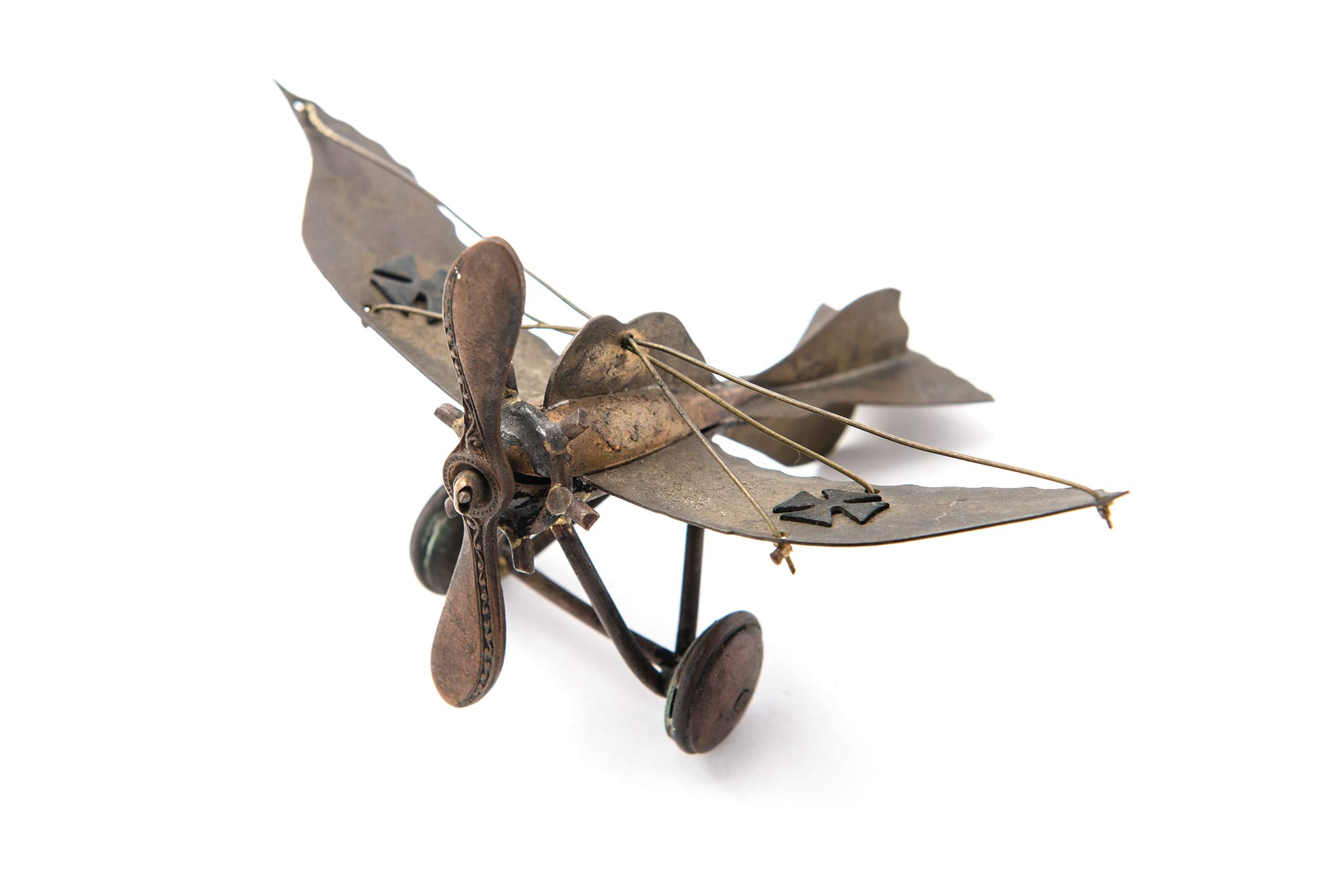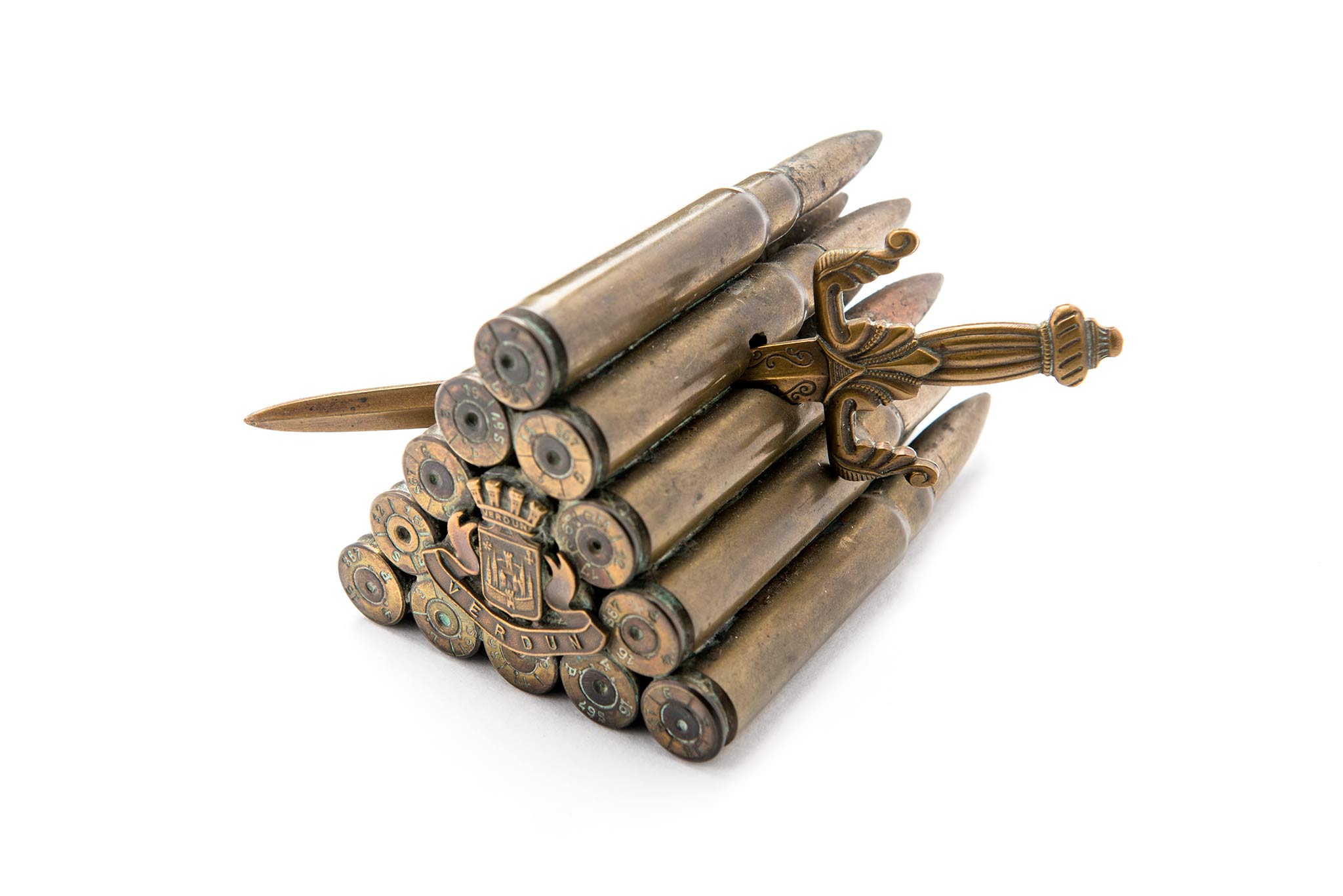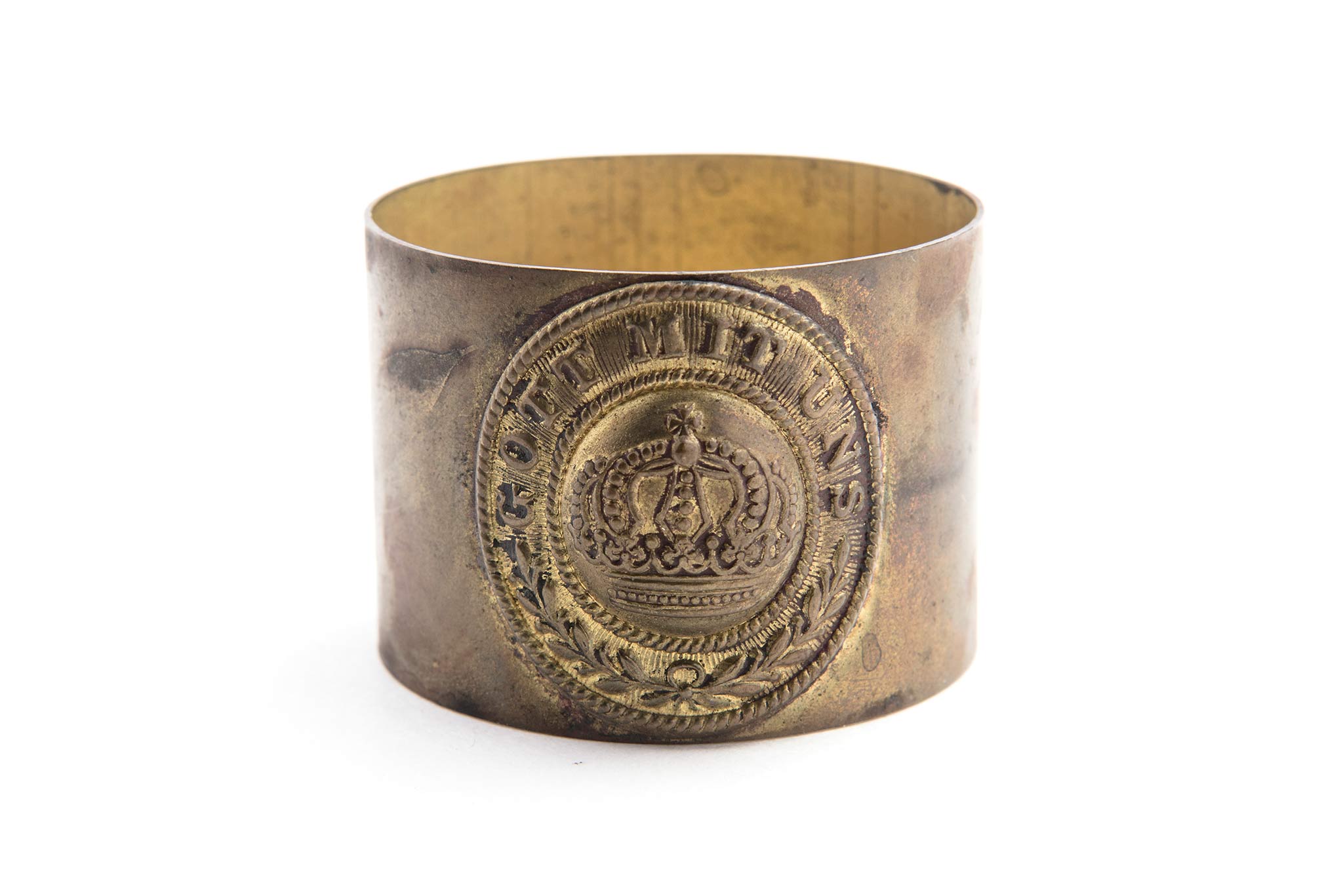Christmas in No Man’s Land
 Anyone looking to answer the age-old question of what happens when an immovable object meets an unstoppable force might find a somewhat acceptable answer along Europe’s embattled Western Front one century ago. The series of unending entrenched lines that extended through Belgium, France, and further wavered barely a little, even in spite of the new arrival of tanks, improved aircraft, and American troops by 1917.
Anyone looking to answer the age-old question of what happens when an immovable object meets an unstoppable force might find a somewhat acceptable answer along Europe’s embattled Western Front one century ago. The series of unending entrenched lines that extended through Belgium, France, and further wavered barely a little, even in spite of the new arrival of tanks, improved aircraft, and American troops by 1917.
Of course, still talked about among soldiers on both sides, especially when Christmas came around, were the intermittent, informal, and certainly unlawful truces that just sort of sprang up out of nowhere in the first few years of the war. Most everyone by this time had already heard of the 1914 “Christmas Truce” when even the most embittered French, British, and German troops put aside their weapons and met in the middle of No Man’s Land, the area between the trenches, to “swap greetings and gifts.” “What a remarkable show this war is,” wrote one officer in a letter to his wife. Another opined rather nonchalantly after the event, “I was out talking to the very men I had been trying to kill a few hours before!”
Paperweight with removable letter opener made from fifteen 7.62 German Mauser rifle cartridges and adorned with a small brass medallion marked “Verdun.” The letter opened is pressed from a brass cartridge casing.
Mercifully, this now famous incident was not an isolated or unique occurrence. Reports of these impromptu holiday gatherings in the (literal) middle of a war zone continued to surface, albeit irregularly, in 1915 and again in 1916. Even more remarkably, in addition to rations, playing cards, or tobacco, many men took to exchanging souvenirs of sorts. Among these were the occasional works of “trench art” made (usually) from spent artillery casings.
Napkin ring made from a shell casing with an applied German Infantry uniform button.
Of the trench art that dates to World War I, most survives in the form of reworked brass shell or cartridge casings. After all, with well over one billion shells and uncountable numbers of bullets fired by December 1917, there was plenty of scrap to go around. Any soldier, whether sitting idly at his post or recovering in a hospital, could easily occupy his time stippling away on a soft metal cylinder. Yet, what was a mere amusement one century ago today presents noteworthy, and at times surprising, artistry. Of course, there are numerous examples from the period that are expectedly simplistic, with many bearing little more than a few crude patterns, some applied buttons or buckles for decoration and maybe a crudely engraved monogram or date. Other creations, however, are exquisite, made even more extraordinary for having emerged from the depths of a muddy, corpse-laden battlefield. One example from the Museum’s collection, a smaller 37 millimeter shell, exhibits classically embossed patterns that one would expect from an accomplished sculptor.
 Miniature German Taube warplane made from brass cartridge casings and wire.
Miniature German Taube warplane made from brass cartridge casings and wire.
Unsurprisingly, especially with morale in steep decline by 1917, many officers began to fear that any fraternization carried on between the lines would surely drive from their troops any and all desire to continue fighting. Thus, German, French, and British high commands put a hard stop to such camaraderie by the end of the year. Nevertheless, having been once used as gifts among otherwise fierce adversaries, these remarkable works were forever transformed into poignant mementos, thoughtful materials that “by human hands [were] formed into both instruments of death and objects of beauty.”
-Grahame Long, Chief Curator



